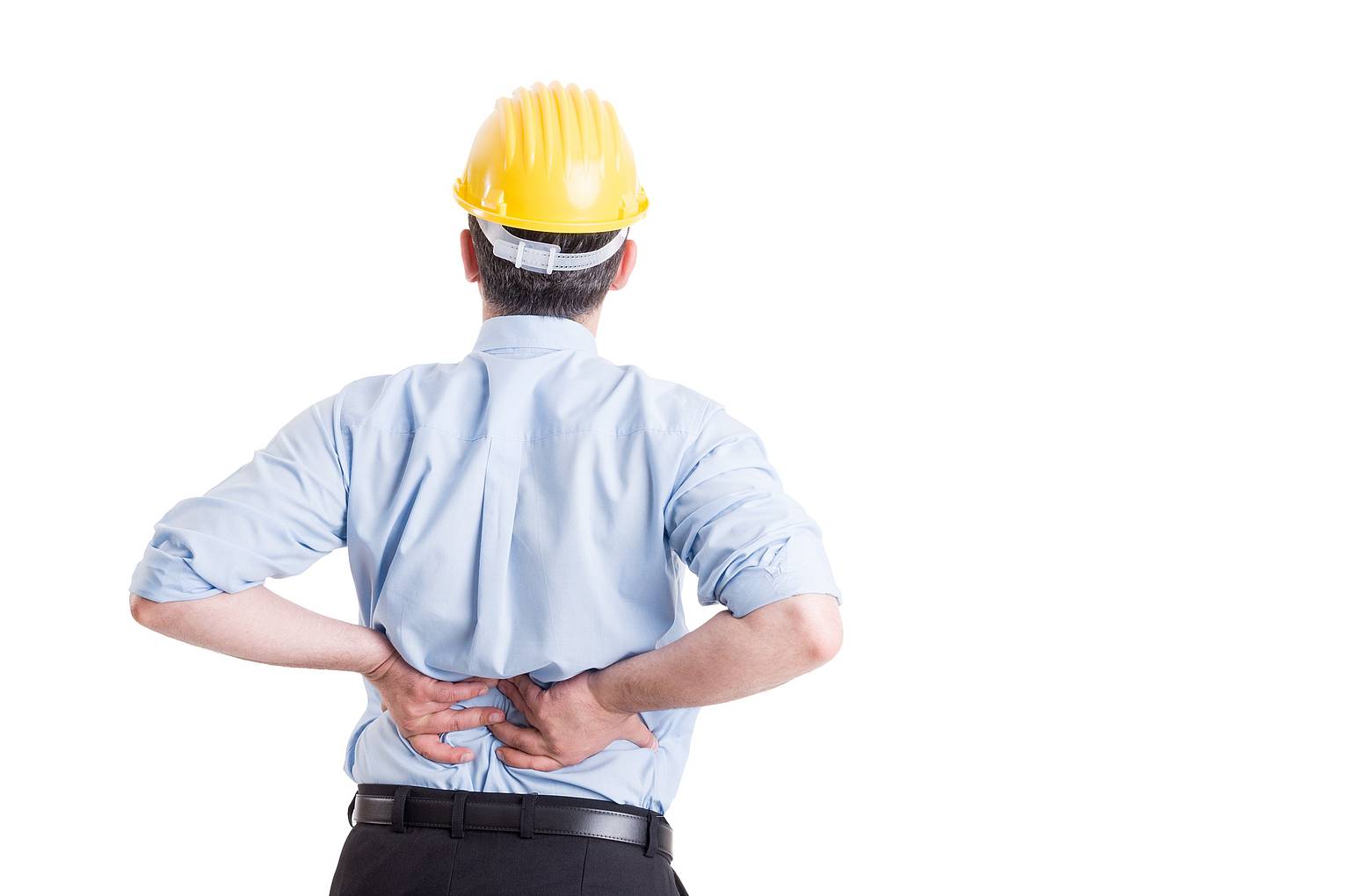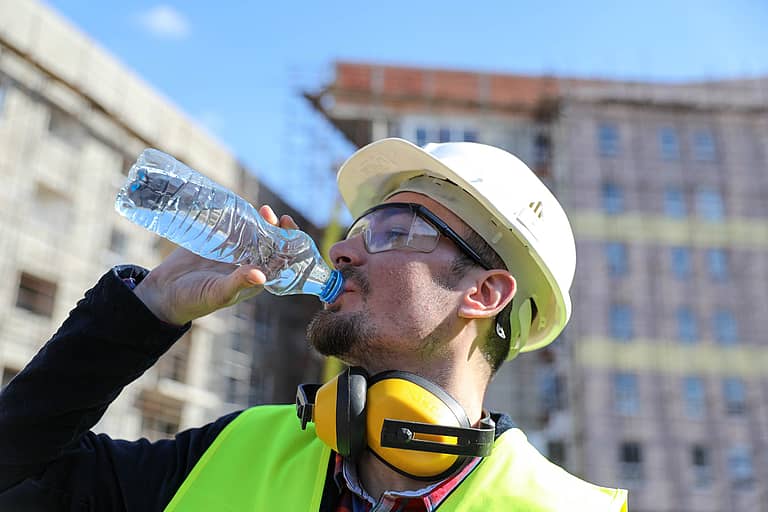Soft tissue injuries are damage to ligaments, tendons or muscles. This damage can happen from a single event, such as a fall or impact, or over time from a series of repetitive motions. No matter what the cause, the pain and suffering can last a lifetime.
Veteran workers in the wall and ceiling industry know exactly what I am talking about: In our youth we felt invincible and did things with our bodies that should not have been done: carrying too much, reaching too far—going a little bit farther than we should because we don’t want to move that scaffold or make another trip. After a few years of this, we realize the pain, the limited movement, the numbness or soreness, but it is often too late to fix the damage. As foremen and construction managers, we now have a responsibility to help others understand the risks and prevent these injuries in future generations.
STIs range from damage to muscles, ligaments and tendons, to compression of nerves and veins. The good news is that methods for preventing these injuries are relatively easy to learn and teach.
Stretch and flex before starting work. Stretching and warming up before exertion helps get both your musculoskeletal system and cardiovascular system ready for the stresses of working or playing hard. Foremen should watch their workers carefully during stretching exercises to see if they are having problems with simple stretching. This could indicate either an injury from the previous day or evening, or impairment from drug or alcohol use. Either way, the situation should be investigated to prevent further injury or impairment.
Keep your work in the strike zone. In baseball, the strike zone ranges vertically from the shoulders to the knees. Having the work you do in this area (vertically lower than the shoulders and higher than knee level) helps prevent overextension either up or down. Unfortunately, it is difficult to do most ceiling work below shoulder level. This is where prefabrication comes in, such as building ceiling assemblies on sawhorses and then lifting them into place, or building soffit assemblies in the shop and then mounting them in the field.
Use scaffolds, platforms or lifts to get your body closer to your work. Raising yourself to the level of the ceiling or high wall makes it more likely that you will not overextend. Similarly, for work that is on or near the ground, bring it up to waist height on sawhorses or truss tables to reduce repeated bending and lifting.
Use tools appropriate for the job that prevent overextension. These can be pole-mounted pin guns for attaching power actuated fasteners to the underside of slabs, or stand-up auto-feed screwguns for attaching floor sheathing to joists. There are a myriad of tools available that not only make the work faster and easier, but also make it less likely that you will be injured when using them properly. Even with these tools, make sure and have proper training on their use to prevent personal injury or tool failure.
Store materials off the ground. This is often part of the handling instructions for many products to prevent damage, but another reason is to prevent injuries from lifting. Use racks or carts or dollies to store materials. I know of one contractor who has board dollies that not only store the boards flat, but also can be raised incrementally as workers remove boards from the top of the stack. For materials heavier than 50 pounds, get a partner to help lift. If you do have to lift something from the ground, use proper lifting techniques rather than bending at the waist.
For low work such as baseboard installation or floor work, consider using kneepads or similar devices that allow you to spend more time at the lower level with reduced pain and injury. Even better: Don’t do work near the floor at all. There are now robots that do floor layout, and other robots that do sanding and finishing of interior gypsum joints. If your team has a lot of this repetitive motion work up high or down low, have a machine (or robot) do it, which eliminates the hazard situation completely.
There is nothing wrong with hard work. Done properly, it can provide exercise, strengthen our muscles and cardiovascular system, and help keep us fit and trim. Coupled with proper sleep and diet, a good work regimen can help us preserve our bodies well beyond retirement. However, just a few incidents of overextension and overexertion can cause a lifetime of pain and discomfort.






